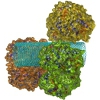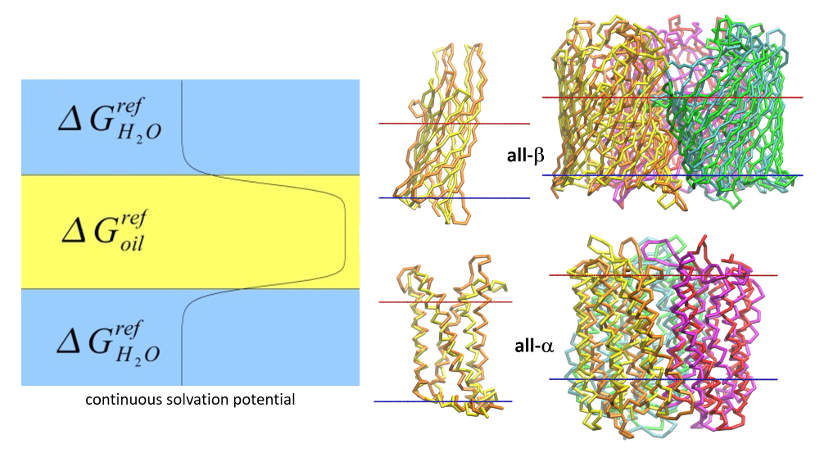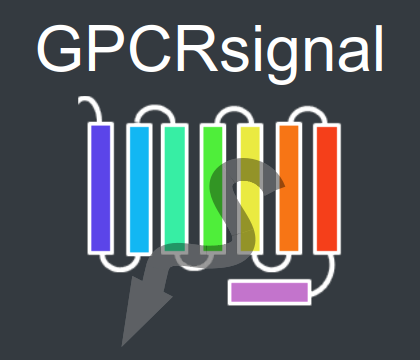Interactions of proteins with graphene and carbon nanotubes
Glucose oxidase (GOx) is an enzyme which catalyze oxidation of β-D-glucose by molecular oxygen. Since 60ties the medical industry is employing this enzyme for construction of glucose biosensors. By incorporating nanomaterials, it is possible to achieve enhanced sensitivity, improved response time and smaller size. The direct electrochemistry of enzyme refers to the direct electron communication between the electrode and the active center of the enzyme without the participation of mediators or other reagents. However, the realization of direct electrochemistry of redox enzymes on common electrodes is very difficult because the active centers of most redox enzymes are located deeply in a hydrophobic cavity of the molecule (e.g. FAD – flavin cofactor in case of GOx). It was experimentally confirmed that the modified electrode surfaces involving graphene or carbon nanotubes can increase electron-transfer-rate. Proteins can also be used for construction of nanoelectronics, photovoltaics and other chemical/biological sensors so determination of contacts of proteins with modified electrode materials is of great importance.
- July 2023.GS-SMD web server
for SMD simulations of γ-secretase complex.
Publication in Nucleic Acids Research 2023 Web server issue.
- August 2022.COGRIMEN
- June 2021.GPCRsignalOur new service GPCRsignal was recently published in NAR 2021, W1.








